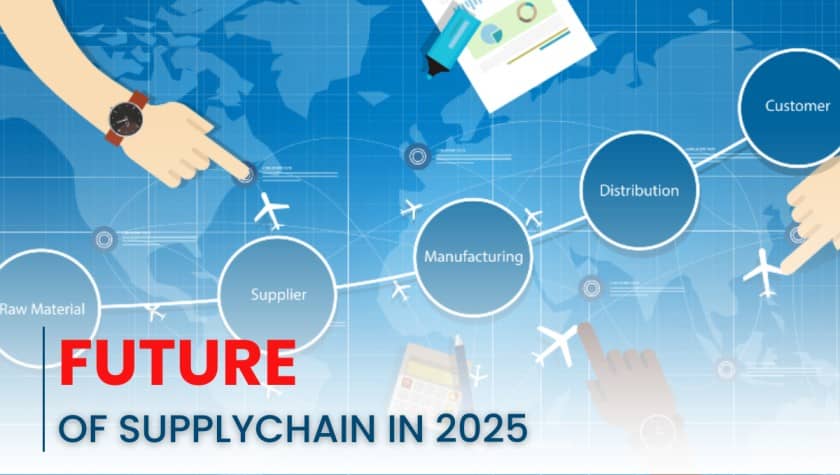Supply chain leaders should foresee how major forces of change will affect their supply networks and try to adapt their supply chain management strategies accordingly to create a supply chain that is ready to thrive in 2025. Forward-thinking supply chain leaders have an opportunity at this turning point to create supply chains that are prepared for the future and that both advance the sustainable business agenda and the top procurement priorities.
Even though there is a lot of ambiguity about how these forces of change will play out, supply chain leaders may make concrete plans for a variety of potential future scenarios right now.
Here are five suggestions for how businesses should embrace the major forces of change affecting supply chains, take advantage of them, and accomplish their main procurement priorities in the process. Over the course of the following year, BSR will engage with businesses to test these suggestions and find other solutions to supplement this initial list.
1) Prepare for the effects of migration and automation on the supply chain
The supply chain labor dynamics will become more volatile because of mass migration on a previously unthinkable scale and predictions that a sizable portion of workers will be replaced by technology; businesses must adapt their strategies accordingly. Companies can reduce this volatility by encouraging ethical and inclusive hiring practices. Businesses that source from areas affected by mass migration, for instance, can re-direct resources to collaborate with other companies in the industry and cross-border players like the government, labor unions, and employers to strengthen legal frameworks and demand greater labor law enforcement. Companies with supply chains that anticipate a sizable adoption of automation through 2025 can demand that important suppliers provide detailed plans to enable a sustainable employment transition.
2) Create dependable local sourcing hubs
It will be necessary to comprehend and cater to new consumption habits and preferences, as well as provide goods and services in new locations and formats, to grow in new markets and demographics and satisfy client needs for customized, on-demand goods and services. As a result, supply chain leaders will have the chance to create agile, local supplier networks that can satisfy both business needs and environmental goals. Companies can leverage the knowledge gained from well-established hubs like China to create smart sourcing models in developing hubs like sub-Saharan Africa. Supply chain leaders will have the ability to integrate social and environmental responsibility into the architecture of these regional sourcing centers and to skip over supplier monitoring initiatives that have failed to enhance working conditions or environmental resilience.
3) Digitalize supplier evaluation and engagement
Supply chain leaders have the chance to reconsider how they gather and analyze data regarding supply networks because there is now more of it created and circulated than ever before. In a sea of available data and dashboards, practitioners will need to focus on the supply chain information that is valuable for making decisions and will need to reevaluate the data they need to commission and how it is acquired. Future-focused supply chain leaders should carefully consider the benefits of investing in a series of one-time, on-site supplier audits when real-time factory emissions and wastewater are already made available through open access channels like the IPE Blue Map, and when there are a variety of digital platforms available to measure employee engagement and satisfaction based on their own descriptions.
4) Increase Supply Chain Strength Accountability and Flexibility
Future-oriented supply chain leaders can be better prepared for a variety of potential future scenarios by increasing both visibility into supply chain practices and disclosures about those practices in the context of high levels of uncertainty about the future of global trade and the regulations that shape mandatory corporate disclosures about sourcing practices. If political moves towards economic nationalism transform international trade, increased transparency will help supply chain leaders and be useful even if free trade prevails.
5) Integration of Climate-Smart Supply Chain Planning
Companies will need to incorporate climate risk and preparedness into supply chain planning models, look for alternate materials and resources where necessary, and explore new avenues for supply security and supply chain disruption mitigation to prepare for the changing physical environment and other supply chain risks related to global climate change. This will entail working with suppliers who share a dedication to raising awareness of and acting on climate change as well as offering incentives and access to technical and management skill-building to suppliers who lag peers.
Suppliers located in nations like China and India who have already committed to implementing policies to transition to low-carbon economies are likely to step up their contributions to the supply chains that international customers envision as being climate-smart. From now until 2025, climate-smart supply chain planning should be an essential component of effective supply chain management in all industries.

